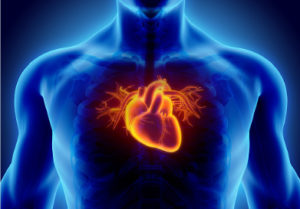 What is tachycardia?
What is tachycardia?
Tachycardia is more than just a racing heartbeat–it’s a common heart rhythm disorder that affects one in 62 people in United States alone, although many people are never treated for it. It is technically defined as a resting heart rate of more than 100 beats per minute.
Since electrical signals control the heart, abnormal electrical signals are what trigger tachycardia and cause the heart rate to increase. A racing heartbeat can originate in the upper, lower, or both sections of the heart, depending on the type of the condition that an individual has. The rapid heartbeat does not allow enough time for the heart to fill before it contracts, so blood flow to the rest of the body is compromised. Many sufferers will experience a drop in blood pressure along with an increased heart rate.
Symptoms
Compromised blood flow essentially robs organs and tissues of necessary oxygen. Tachycardia can result in anxiety, heart palpitations, dizziness, shortness of breath, fainting (syncope) and angina. Different people will experience symptoms in different ways, depending on their health, medications, and lifestyle.
Diagnosing
Your physician can diagnose tachycardia by taking a thorough personal and family health history, an EKG, and sometimes additional tests, such as stress tests and blood tests. Physicians can also use cardiac imaging such as echocardiograms, magnetic resonance imaging (MRI), coronary angiograms, or chest X-rays. It is recommended patients with tachycardia see an electrophysiologist for specific testing to see if they have Postural Orthostatic Tachycardia Syndrome (POTS).
Tachycardia Treatment
At the POTS Treatment Center, we use several non-invasive techniques that can alleviate symptoms and provide relief from tachycardia. These include regulation of heart rate training, correct breathing patterns for oxygen optimization, biofeedback, standing and exercise techniques, nutrition, supplements, and other health and behavior interventions.
For more information on our treatment options, please click here.
